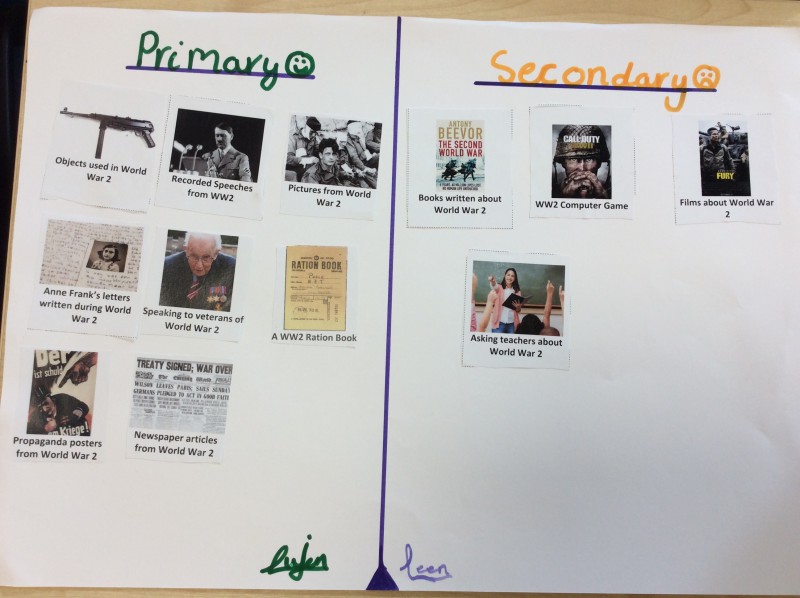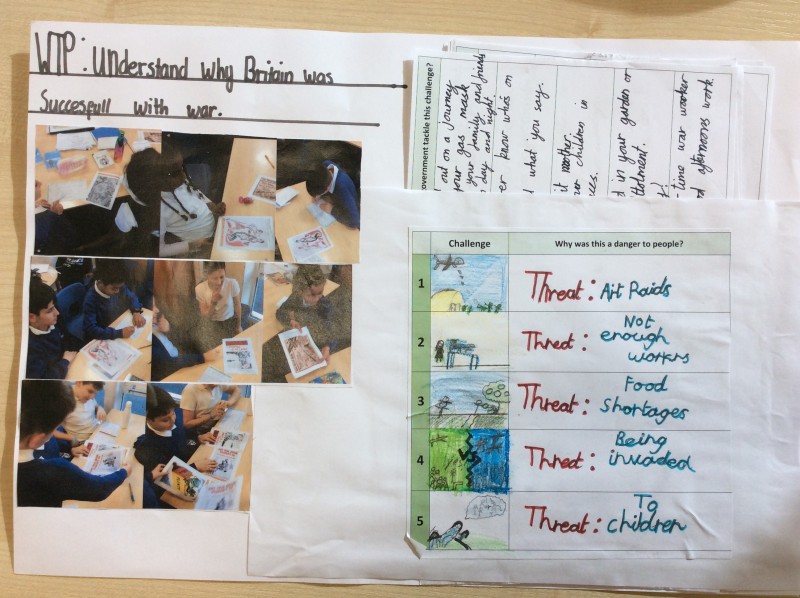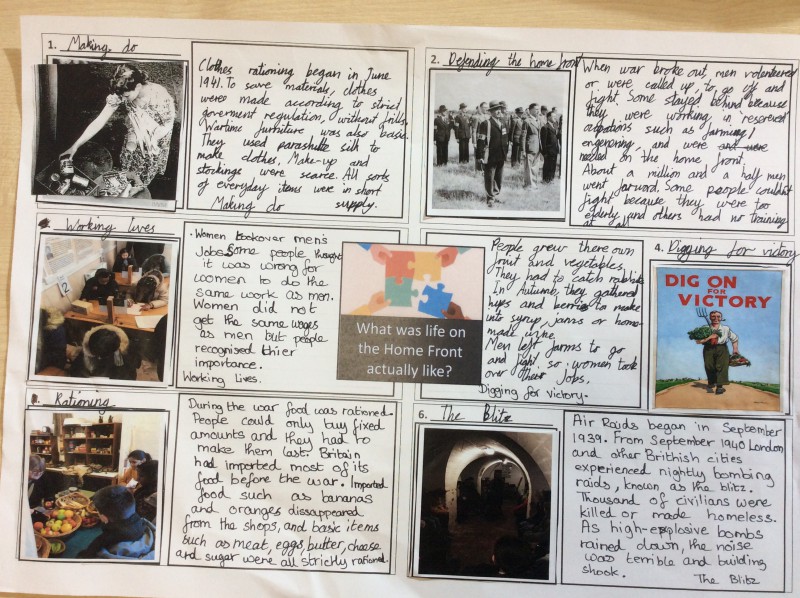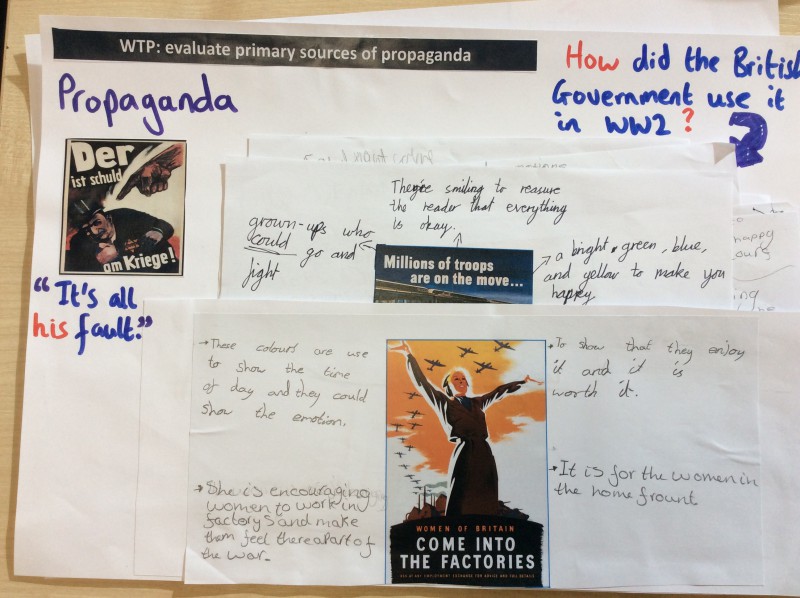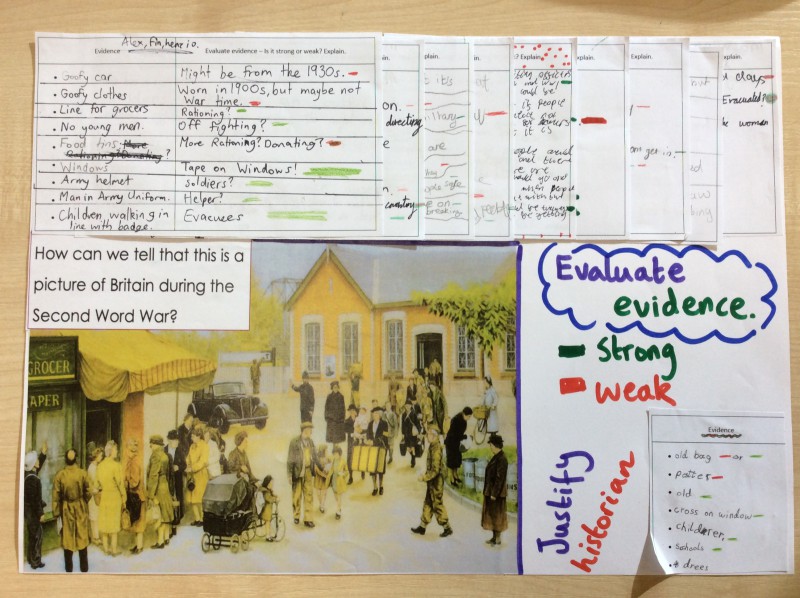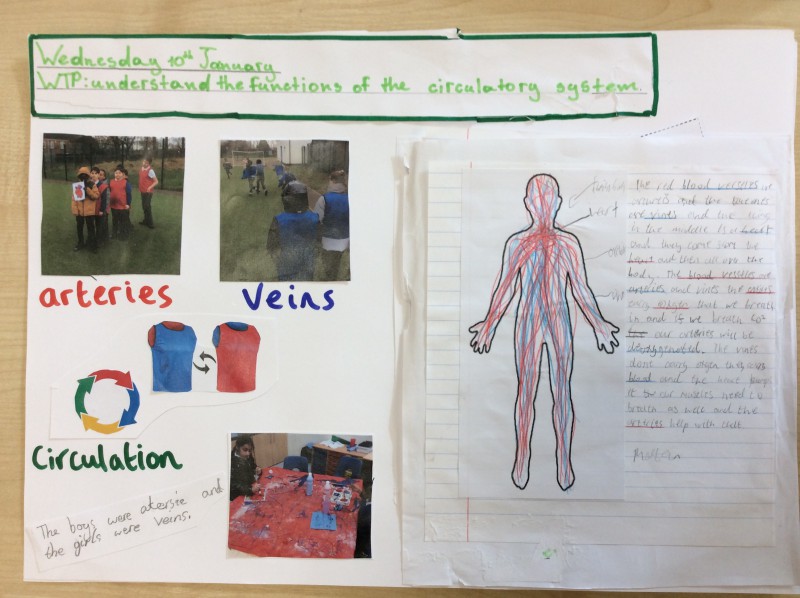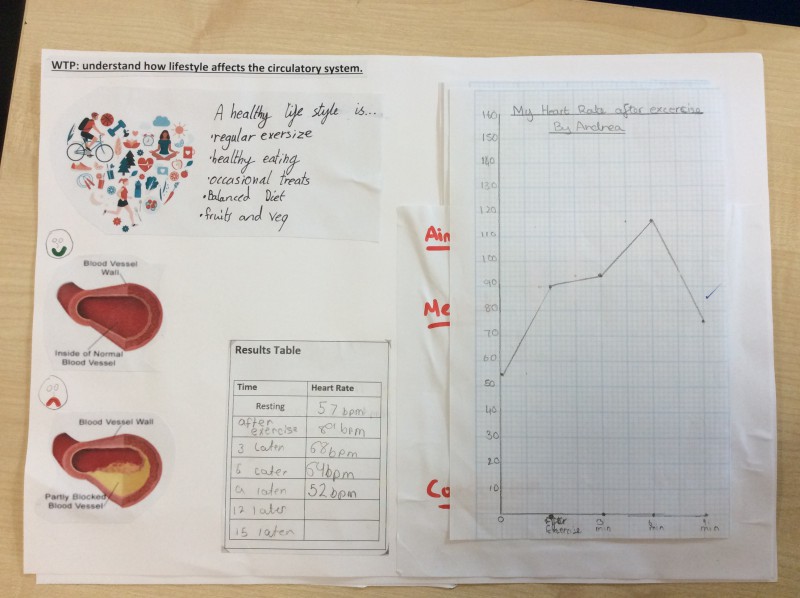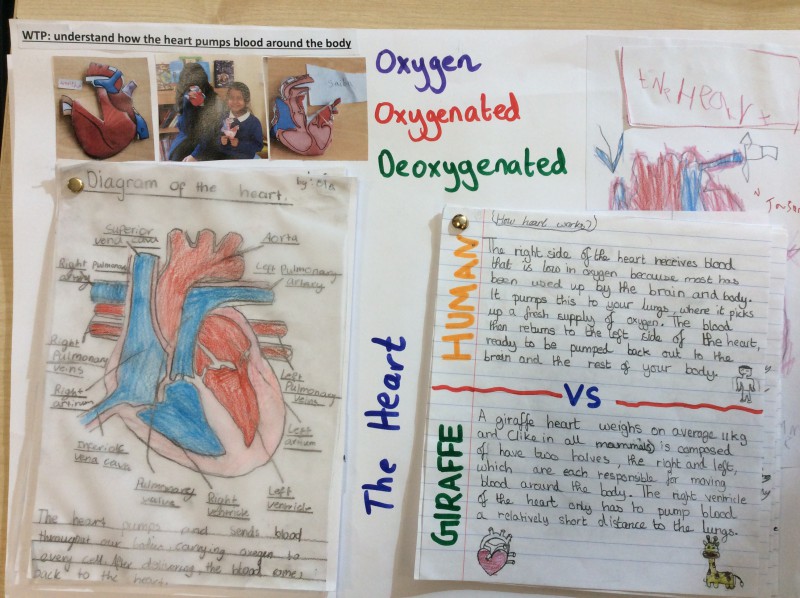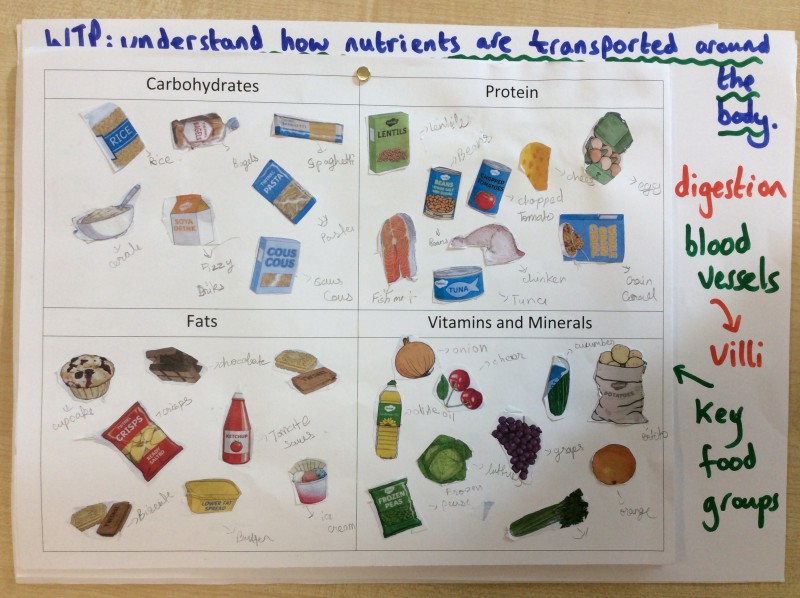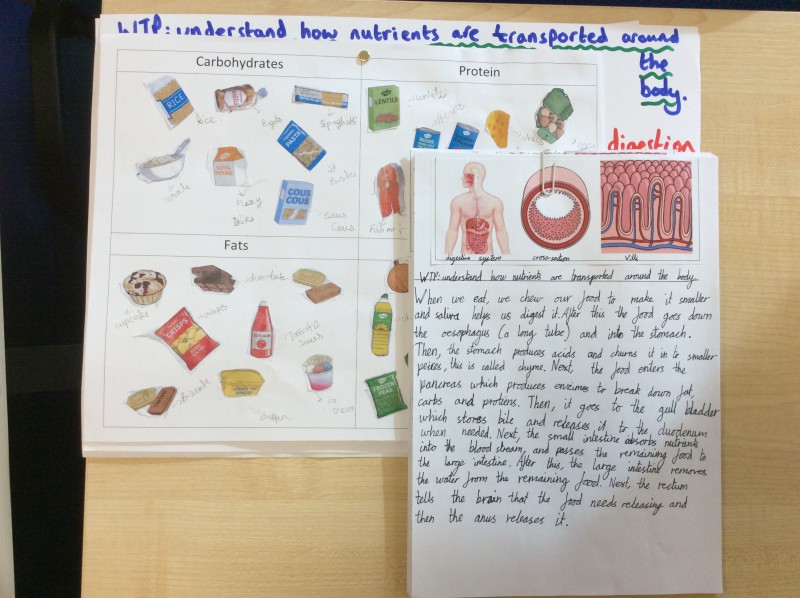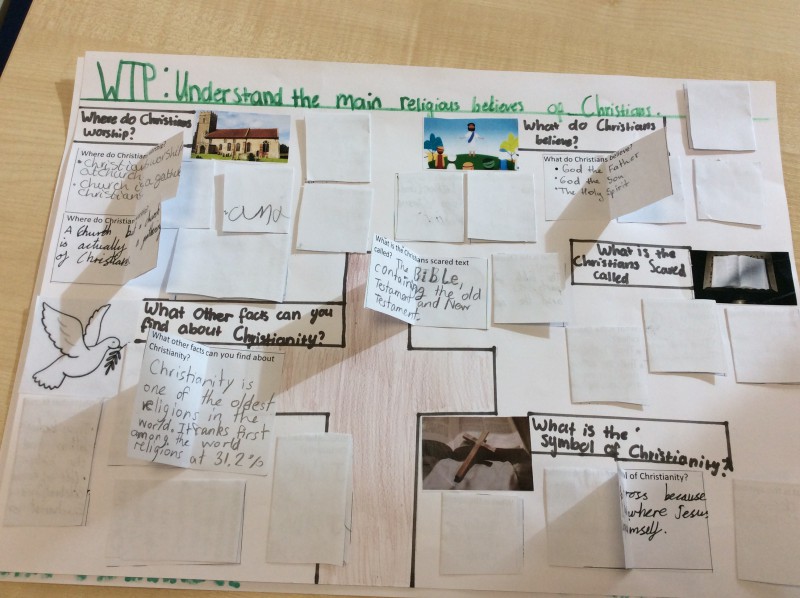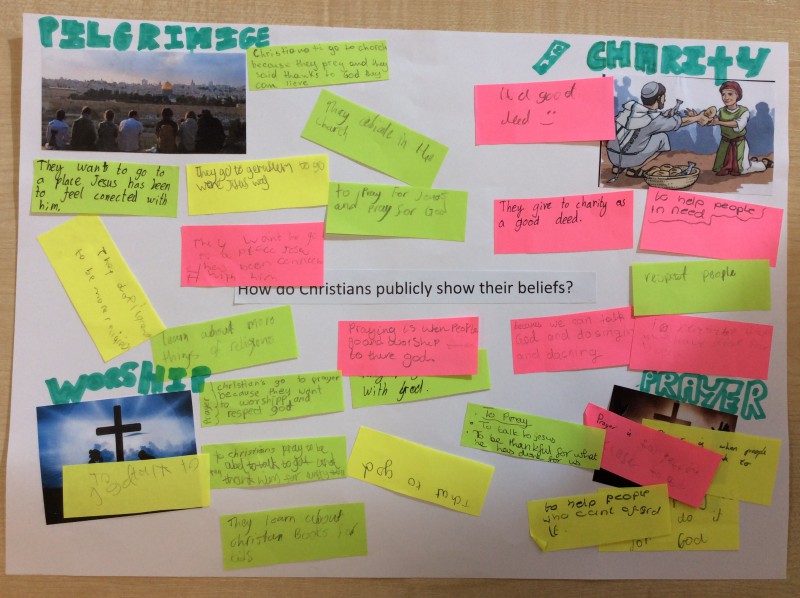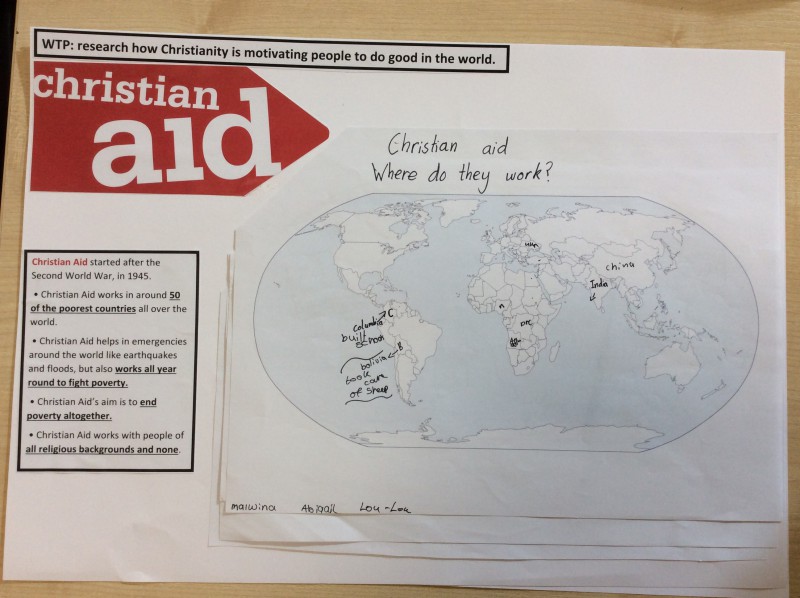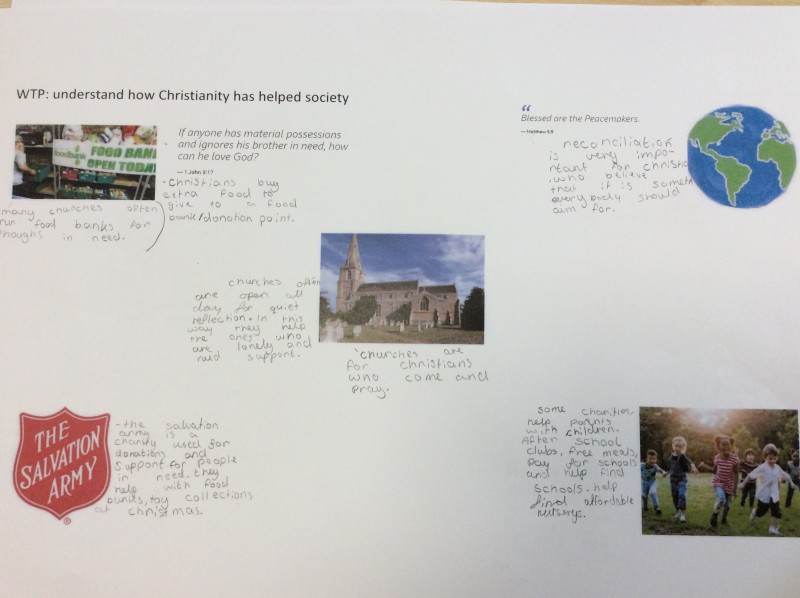Spring 1 Learning
History
World War II: The Home Front (1939-1945)
The children enjoyed learning about life at home during WW2. This learning built on their understanding of evacuation from their reading of Goodnight Mr. Tom during the Autumn Term. The below images of our curriculum books show our learning journey:
1. The children thought about how we know about historical events. They considered the quality of these sources and catagorised them into 'primary' and 'secondary'.
2. After the war had started, Britain faced several major threats. The children studied these before concluding which they believed was the most severe.
3. Following our school trip to Beaumanor hall, we looked the question "What was life like on the Home Front?" The children used their personal experiences to write about air raid shelters, rationing, evacuation and work. Each group had an investigator who fed back to the rest, and they recorded their research.
4. Propaganda and censorship were used by the British and German governments extensively throughout the war. We looked at some famous examples of these and discussed how successful it was on the population.
5. At the end of the unit, the children were presented with the above image and were asked, "How can we tell that this is a picture of Britain during the Second World War?" They had to draw upon all of their learning to spot evidence (some even spotted the sticky tape in the distant windows!) before evaluating that evidence. The children enjoyed being historians this half term and did a fantastic job!
Science - The Circulatory System
The focus of our scientific enquiry this term was the human body. We studied blood vessles, the heart and the function of blood itself. You can see the children's learning journey below:
1. We all became blood vessels and acted out the circulatory system on the astro turf. Some of us created some arteries and veins using string and paint and added them to our resident skeleton! Afterwards, we consolidated our learning by summarising how the system works.
2. The children looked at how to live a healthy lifestyle and the effects than unhealthy choices can have on the flow of blood to and from the heart. We undertook an investigation to test the effect of exercise on our heart rate.
3. To build on the previous lesson where children considered and felt their own hearts pumping blood around the body, we looked in more detail about how the heart works. Some children made comparisons between the human heart and other animals, including other groups of animals such as insects and fish.
4. The children were introduced to another blood vessel: villi. The studied how these vessels in the small intestine absorb nutrients from food, which are then transported around the body in the blood.
RE - Christianity
So far this year, the children have studied Sikhism and Christianity and are beginning to make some comparisons about sacred texts and practices.
1. The children discussed and answered questions about fundamental ideas of Christian worship. They recorded their learning and added it to the curriculum book.
2. Children considered key ideas of Christian pilgrimage, charity, worship and prayer.
3. Once the children had learned about some fundamental aspects of Christian faith, they began to explore how Christians use their beliefs practically both locally and internationally. Here, you can see the countries in which Christian Aid works.
4. The children added to their knowledge of how Christian Aid works by studying how Christianity has helped our global society more generally.

